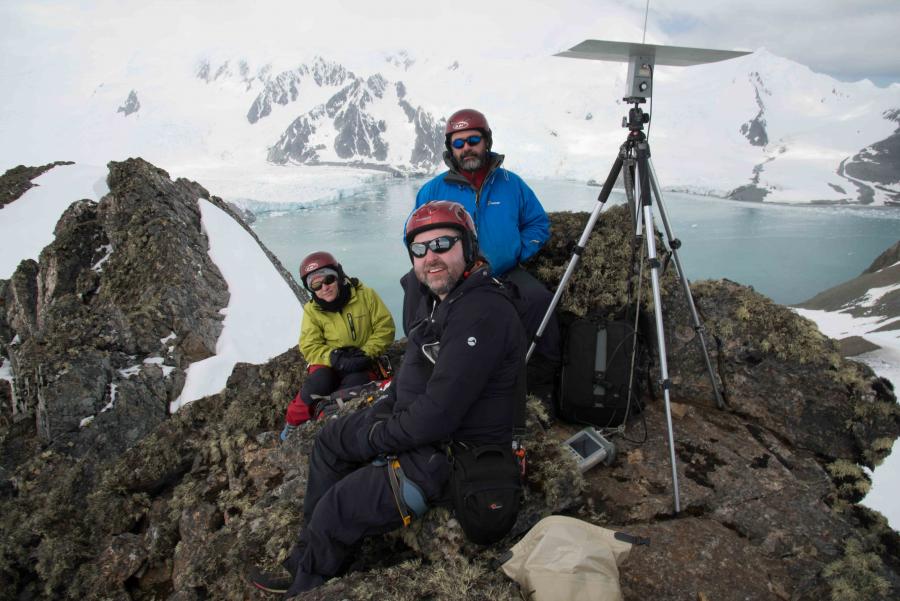Communications in remote areas with NVIS

When we want to communicate in places or situations where we have no coverage, no mobile telephony, or access to the Internet, we have only two alternatives: satellite communications, usually high-end and expensive, and communications with ionospheric reflection in the HF band.
The ionosphere is the outermost layer of the atmosphere, which behaves as a mirror in the band from 3 MHz to 30 MHz. This is due to the ionization of atoms by action of solar radiation. The HF band can be used to cover very long distances, if we focus the beam of the antenna to the horizon, or to achieve a coverage area around the transmitter, if we focus the beam up. This technique is called Near Vertical Incidence Skywave (NVIS) and can achieve a coverage area of up to 250 km without direct vision.
In the Internet Technologies and Storage Research Group (GRITS) of La Salle we are experts in advanced communications for HF. We are currently exploring the capabilities of NVIS communications for voice and data, both text messaging and remote sensing. In this video you can see a pilot test carried out between our camp laboratory in Cambrils and our facilities at La Salle Campus Barcelona. Two-band tests, the 3.5 MHz band, and the 5 MHz band have been performed. Obviously, the 5 MHz band has been heard much better, due to the low environmental noise, but it has been possible to establish the link with an acceptable quality on both bands.
The NVIS technique can be applied in several scenarios:
- Communicate sensors located in remote areas. As a practical case, we have the ENVISERA project, where we are communicating sensors located on Livingston Island with the Spanish Antarctic Base Juan Carlos I.
- Communication of remote villages in developing countries. This technique allows the communication of voice and data in small villages located far away from the cities, and with a complicated orography. As a practical case, we have the pilot test that took place in the summer of 2018 in Urubamba, in the Sacred Valley of the Incas, in Peru.
- Communication in case of natural disaster, where all telephony and PMR communications fail. This pilot test shows that it would be possible to communicate, with a very simple installation, any point of Catalonia with Barcelona.